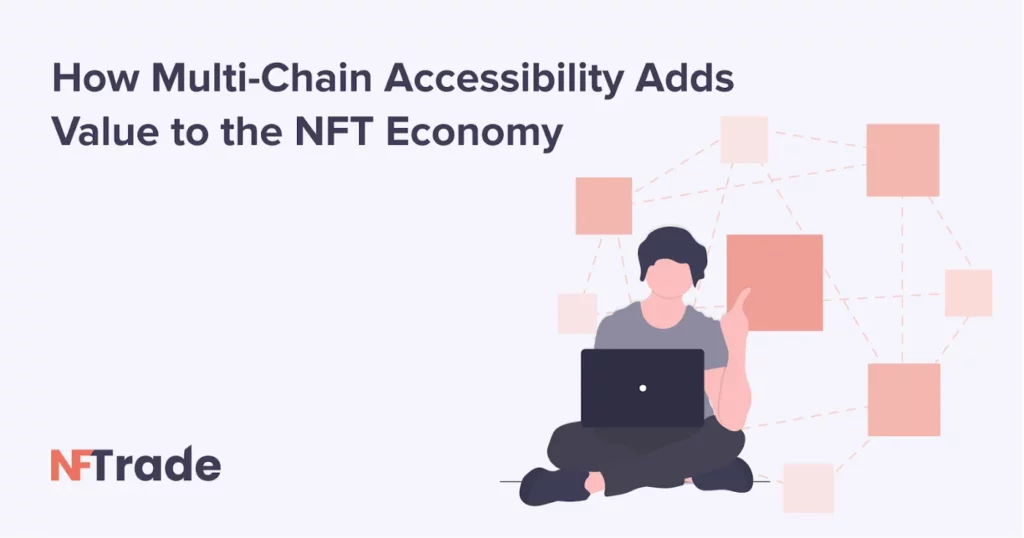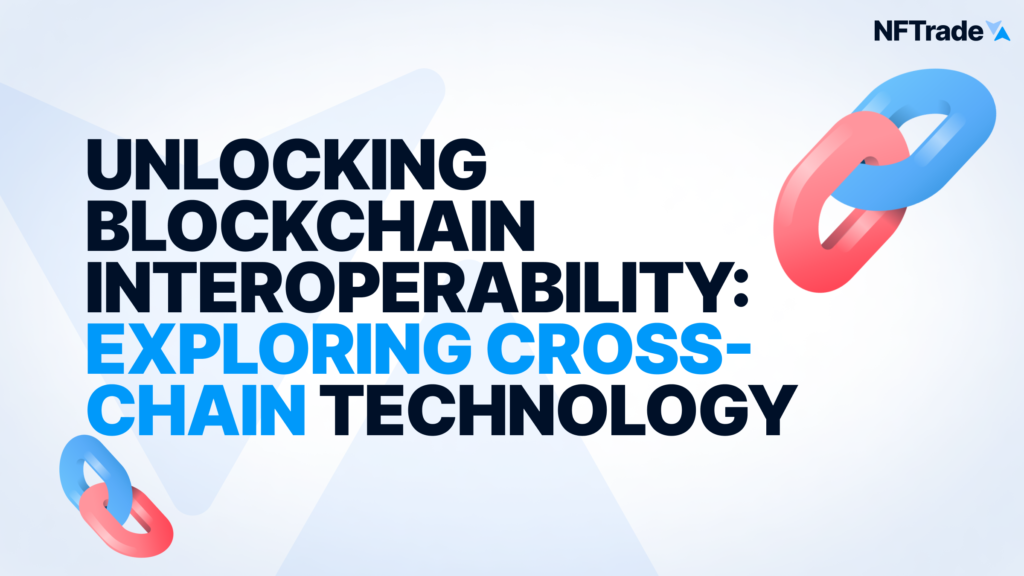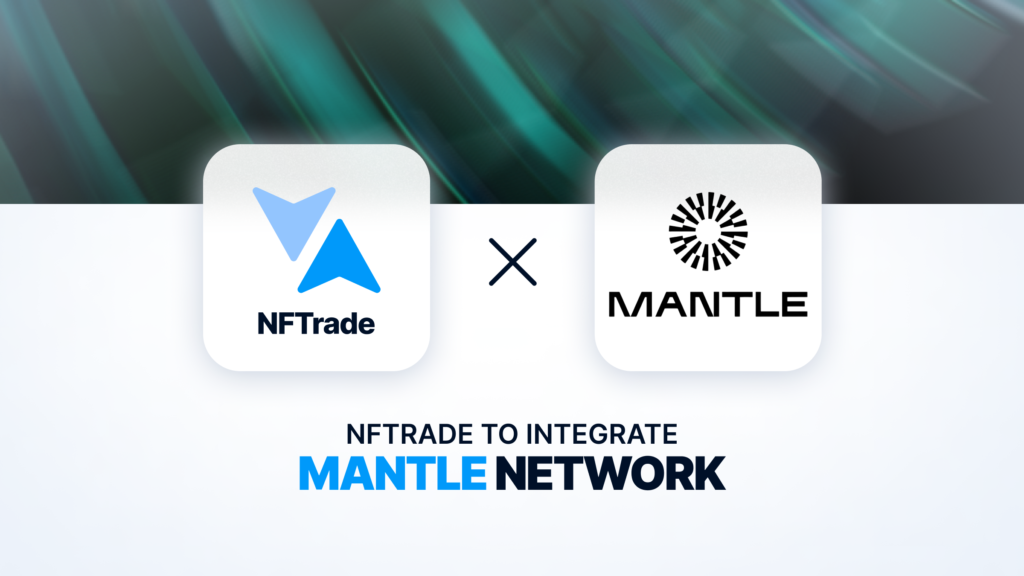Blog
How Multi-Chain Accessibility Adds Value to the NFT Economy

With the high fees and technical struggles associated with interacting on the Ethereum and Bitcoin blockchains, the two largest and most used distributed ledger networks, network interoperability has become a hot-button issue. Like the internet as a whole, the entire ecosystem will provide more utility to end users when different platforms work together. This needs to be applied to the blockchain industry at large, and with the rapid growth in NFTs, the non-fungible token asset class is a great place to start.
The Importance of Interoperability
There are many reasons that an application or platform becomes stronger by branching out to additional networks. Below, we have identified some of the most powerful aspects of introducing multi-chain accessibility to non-fungible tokens.
Going Blockchain Agnostic
Being blockchain agnostic means that a distributed ledger platform or application is available on all usable blockchains, unleashing its full capabilities as it penetrates all potential user bases. Imagine if specific web browsers could only interact with certain websites; it would be an absolute mess. With interoperable and blockchain agnostic applications, a platform does not have to worry about excluding any potential market stakeholders. Everyone who wants to utilize the platform can easily access it.
We can also apply this concept to cryptographic assets, with NFTs being no exception. The theory is simple in principle and practice, but challenging to execute properly; the more access points to your application, the higher the chance of capturing additional users and network value. With NFTs now accessible on many platforms — Ethereum, Binance Smart Chain, Flow, WAX, Cardano, HECO, and more, giving the native NFTs of each chain the ability to migrate to others will bring additional opportunities to all.
Introducing New Parties to NFTs
Some users are loyal to Ethereum, others are open to exploring the Binance Smart Chain and other new platforms, but by introducing multi-chain accessibility, it doesn’t matter which network the end user prefers. By making NFTs available across multiple chains, there will be no barriers holding back any party from involving themselves in this new asset class.
This holds especially true for building a bridge to the traditional finance and fiat currency worlds, as that is a largely untapped market that can bring massive growth to the NFT sector. Although not a ‘chain’, the fiat realm is not an area that NFT applications shouldn’t overlook. However, regardless of fiat currency’s interoperability with NFTs, by catering to all chains, a platform knows that it is reaching out to the maximum user base available, strengthening its chances of capturing the NFT-related value of the chain.
Unlocking Additional Liquidity
Certain isolated chains have millions or billions of dollars of liquidity sitting on top of their networks, just waiting for the right application to come along that will absorb it up by providing unrestricted value. With the rising and continued interest seen within the NFT ecosystem, a multi-chain NFT platform can provide this gateway.
For example, think of the all the recently minted BNB millionaires that saw their holdings skyrocket in value. BSC, the chain that hosts BNB as a native asset, has very limited NFT applications at the moment, almost nothing when compared to the robust NFT market seen on Ethereum. By creating a multi-chain NFT platform, BSC users could spend their hard-earned BNB on Ethereum-based NFTs, and vice versa. The importance of this liquidity injection should not be understated, and may be the basis of establishing a long-standing NFT marketplace.
Mitigating Fees
Transaction fees are a final aspect of multi-chain interactions that we need to highlight. Anyone who has used Ethereum recently has gotten a taste of the unsustainable fees. As interest in NFTs and DeFi grows, more users are flocking to the industry’s largest decentralized smart contract platform, bogging down transactional capabilities along the way.
As more users conduct transactions, Ethereum blocks are filling up faster and faster, causing users to experience longer transaction times and higher fees if they want their transactions verified. What started out as a marginal amount now regularly eclipses $50-$100 per transaction, a clearly unsustainable rate for any regular user.
By introducing multi-chain NFT interactions, users can mint their NFT on one chain with low fees and migrate it over to a more popular network to conduct their sale. There are so many options that users can utilize to downsize fees, but they are not feasible without a viable multi-chain platform. If an everyday user wants to purchase an NFT for the equivalent of $50, they will not be willing to spend an additional $50-$100 in fees to acquire it; the math simply does not add up. Through multi-chain interactions, this bottleneck will be entirely mitigated, leaving the value realization for creators, buyers, and sellers, and not network validators capitalizing on obscenely high transaction fees.

The average Ethereum transaction fee has continued to rise over the last five years (ycharts.com)
The Proof Is In the Pudding
When you get the complete picture of the drawbacks of current networks and how we can improve upon them through multi-chain integration, it becomes clear that this is the solution the market will move towards going forward. As collectible and value-storing assets, NFTs are a great use case to showcase the power of interoperability and blockchain agnostic interactions. NFTrade understands the power that multi-chain cooperation represents, and is working to provide the framework to create an NFT hub to service every chain with NFT capabilities.
This article has been brought to you by NFTrade, the first multi-chain and blockchain-agnostic NFT platform. NFTrade hosts the complete NFT lifecycle, allowing anyone to seamlessly create, buy, sell, trade, and leverage their NFTs across different blockchains. Using NFTrade, anyone can gain access to the entirety of their NFT, unlocking the full value of the NFT market.











